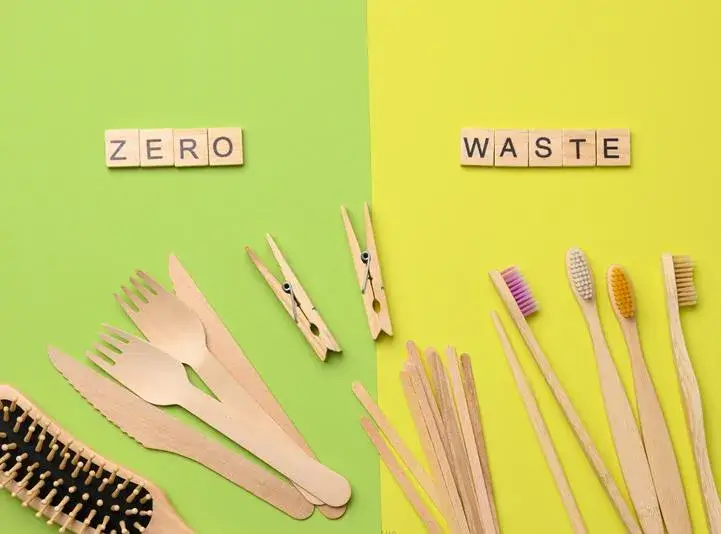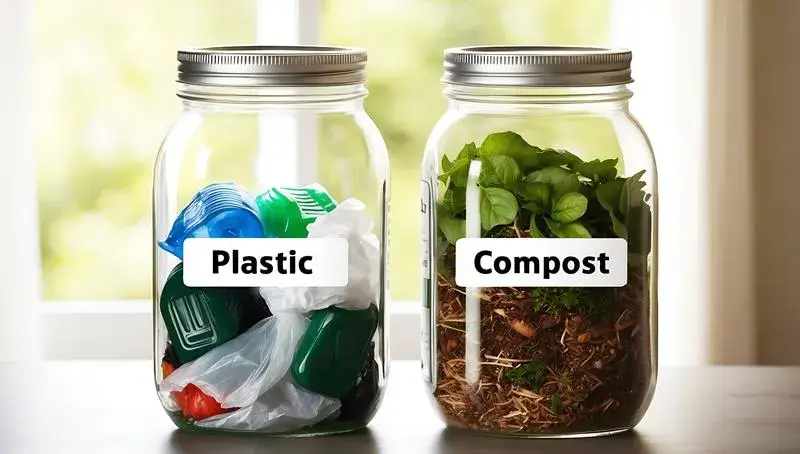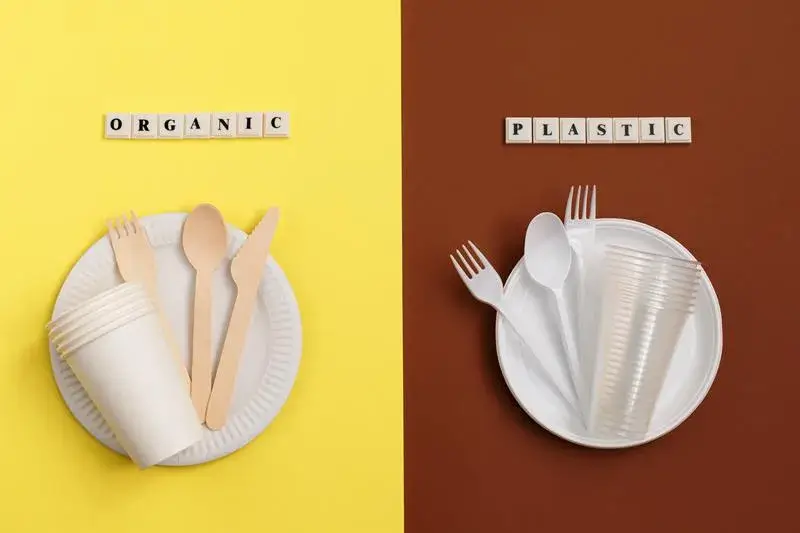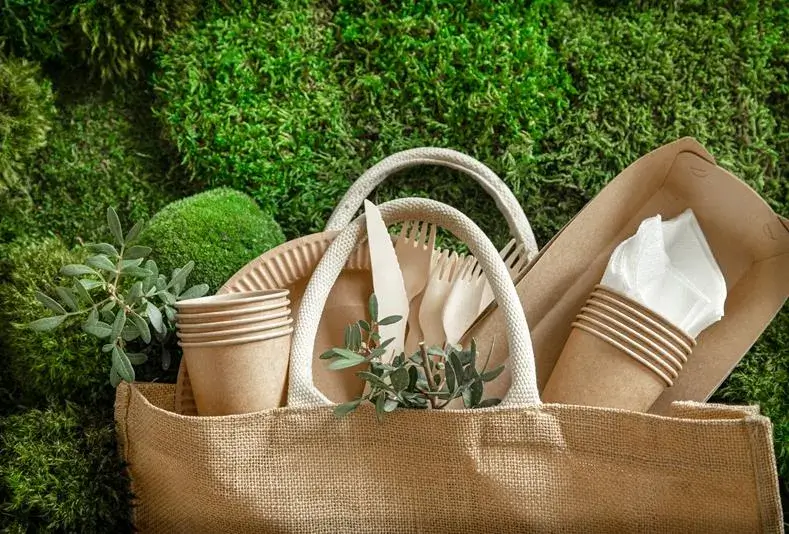Live green: natural alternatives to plastic waste
Have you ever wondered about the possibilities of using natural materials as sustainable alternatives to plastic products and their benefits for the environment? What once seemed like a myth is now an everyday truth.
Nature’s armor: the nut shell
Next time you snack on almonds, walnuts, or cashews, don’t toss those hard shells! They’re crushed and turned into sturdy, biodegradable tableware and packaging—like plates, stands, and containers for dry goods. These natural materials are moisture-resistant, tough, and break down completely in 6-12 months, turning into rich, nourishing compost for the soil.
Citrus magic - peels that smell like sunshine
Orange, lemon, and grapefruit peels are more than kitchen trash- they carry bright flavor and handy fiber. After drying and grinding them to dust, makers make paper-thin, green wraps that hug fresh food and smell sun-kissed. Because the wraps compost in months, nothing synthetic lingers when the job is done. On top of that, built-in citrus oils fight germs and lend a cheerful kick to every bite.
Peanut hulls - nature's supermaterial
At first glance, peanut shells seem like messy trash, yet they are surprisingly strong and water-resistant. Clever makers grind and shape them into compostable trays and molds that safely hold food. Lightweight and sturdy, the shells turn into green picnic boxes and throwaway plates that break down quickly, leaving no lasting mark on the Earth.
Coffee grounds: energizing eco-boost
Each morning, millions of people brew coffee, leaving behind heaps of grounds packed with fiber just waiting for a second life. Those used grounds can strengthen bioplastics, enrich compost so plants grow faster, and power homemade scrubs and skin masks because they’re loaded with antioxidants. On top of all that, they help cut plastic waste by turning into eco-friendly bags and low-impact packaging.
From peel to chic: banana leather
Olive peel: eco-gold for green products
Rich in antioxidants and polyphenols, olive oil has slipped into beauty masks and scrubs because it hydrates skin so well. The leftovers don’t go to waste either; factories now weave them into compostable layers and bowls. Those items vanish in months, leaving behind nothing but a kinder, quieter thank-you to the Earth.

Coconut shell fibers - strong friends of the planet
Linen & hemp: pure fabric, zero plastic
Flax and hemp fibers are ancient eco-warriors back in style. Hardwearing, quality, durable, and eco-friendly, they should definitely be considered natural alternatives to all of the synthetic materials and plastics in clothing, bags, and more. Flax and hemp grow quickly, usually use no water or chemicals, and break down. They are breathable and hardwearing, which is exactly what a sustainable fashion product needs.
Leaves and stems — innovative eco-materials
Take bamboo—one of the fastest-growing plants on Earth. Its sturdy, moisture-resistant stems can be crafted into everything from dishes and furniture to packaging and even clothing. Then there’s papyrus, an ancient reed-based material making a comeback in eco-friendly notepads, packaging, and decor. These natural wonders recycle easily and break down harmlessly, giving the planet some well-deserved love.
Food waste: raw power for new products
Apple and pear peels, along with fruit seeds, aren’t just trash—they’re treasure. These leftovers can be transformed into bio or compostable materials. For instance, apple peels can turn into eco-friendly films and packaging, while fruit seeds add natural color or bulk to bioplastics. It’s a smart, green way to cut down plastic waste and give your scraps a fresh new purpose.

Recycling meets nature: bio-plastics & compost
Green living is booming, and sustainable brands are turning to natural resources to create biodegradable plastics that vanish in just a few months, without hurting soil or water. These eco-friendly materials are shaking up food packaging, tableware, and even textiles as a smart alternative to traditional plastic.
Here are six standout companies spearheading the biodegradable plastics revolution:
- Vegware (UK): A top name in plant-based biodegradable tableware and packaging, widely trusted in the food service world.
- BASF (Germany): A giant in biopolymers and biodegradable plastics, serving packaging, agriculture, and industrial needs.
- NaturePlast (France): An innovator crafting biodegradable plastics from renewable resources across multiple industries.
- Algaia (France): A specialist in algae-based biodegradable films and materials perfect for eco-friendly packaging.
- Ecovative (USA, but active in Europe): A maker of mycelium-based biodegradable materials, blending nature and tech for packaging and more.
- Tipa Corp (Israel/Europe): It produces biodegradable packaging layers designed to work seamlessly with current recycling systems.

Author

Alexandra Mukhina
Content writer on https://rythmoftheworld.com Experienced linguist and translator with a knack for crafting and refining diverse content. My goal is to produce engaging, informative texts that captivate readers. Passionate about reading, music, traveling, and exploring new avenues of personal growth.



